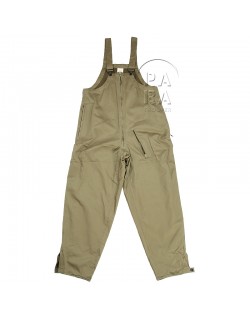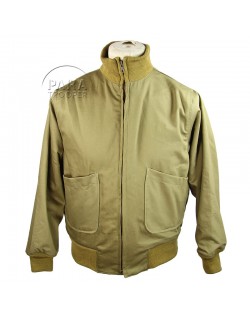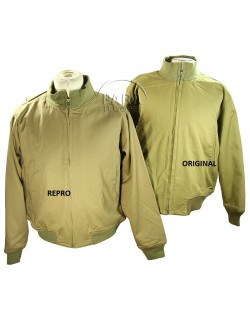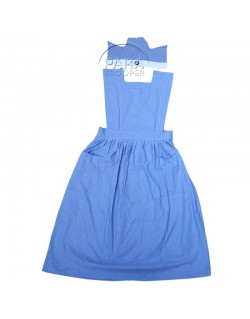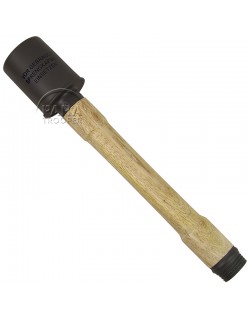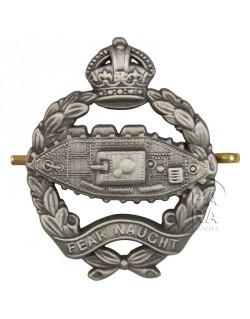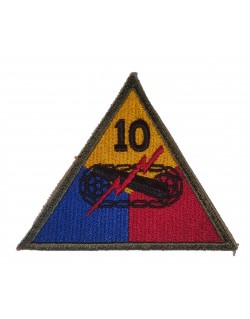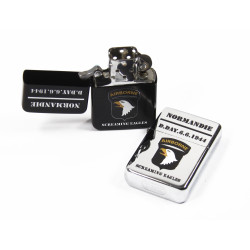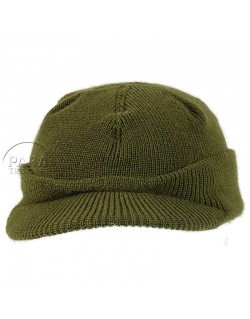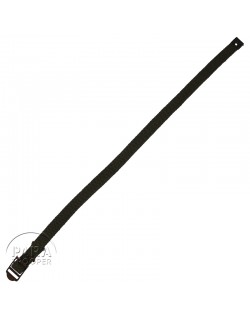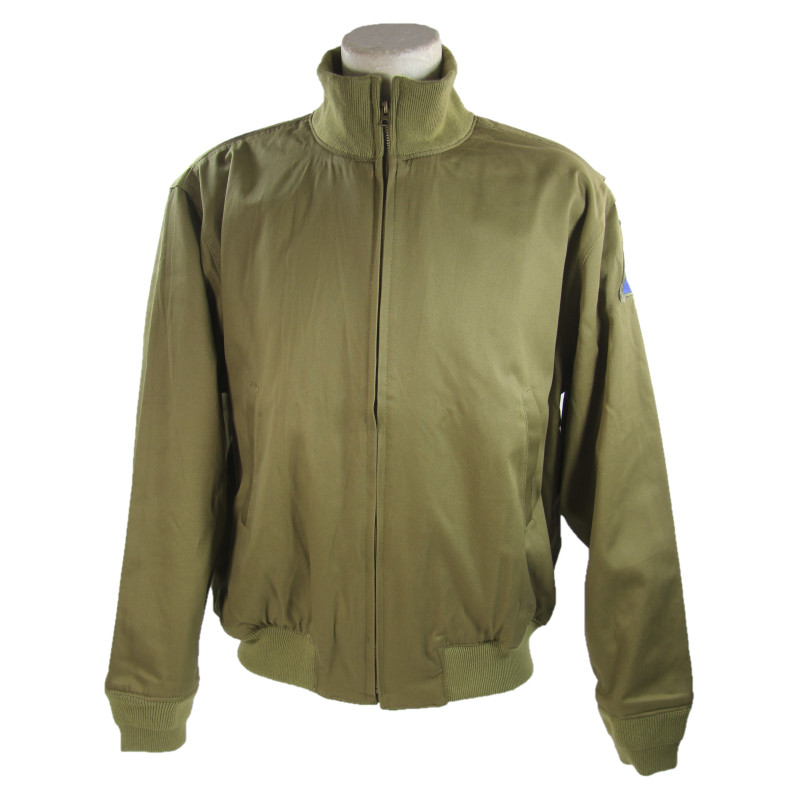





Jacket, Winter (Tanker)
Reproduction of the U.S. Army Winter Combat Jacket. Made from OD3 cotton twill and lined with brown kersey wool, this "tanker" jacket has a full-length zipper on the front, knit collar, cuffs and waistband.
The winter combat jacket was developed in 1941, for issue to crews of armored vehicles. it was nevertheless worn by other combat soldiers, and especially by officers...
Often worn by tank crews and motorcyclists, the tanker jacket and pant or combat jacket and bib (the name "tanker jacket" seems to be the term mostly used) was also widely used by infantry and airborne officers, 504th PIR paratroopers, fighter pilots, Naval Beach Battalions, WAC, Nurses.. The jacket and pant/bib was made of the same material and had the wool blanket type lining.
US sizes.
Product Details
Customer reviews
-
Parfait merci ?
-
Parfait.







